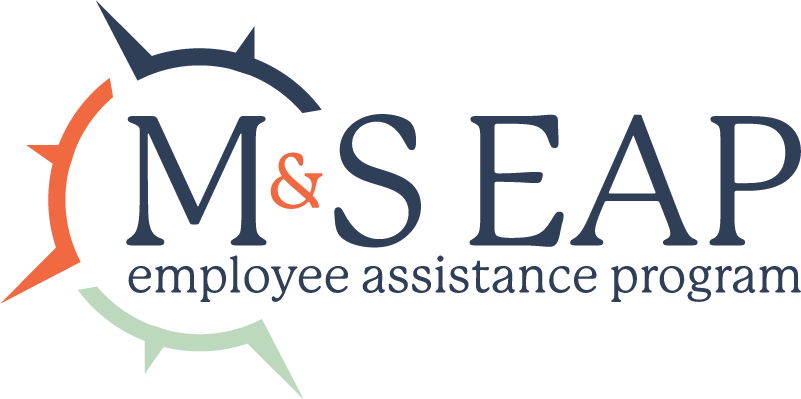Handling Workplace Violence Before It Begins

About 2 million Americans are victims of workplace violence each year, but approximately 25% of workplace violence goes unreported. The problem is therefore twofold – workplace violence has not only become one of the corporate world’s leading causes of death, but the warning signs are too often ignored, overlooked or simply not understood.
While these statistics are startling, hope is not lost. One of the most important defenses against workplace violence is understanding it – what workplace violence is, the different types commonly seen and the best methods of prevention; that is, knowing the warning signs so the problem can be addressed before it’s even begun.
What is workplace violence?
According to OSHA, “Workplace violence is any act or threat of physical violence, harassment, intimidation, or other threatening disruptive behavior that occurs at the work site. It ranges from threats and verbal abuse to physical assaults and even homicide. It can affect and involve employees, clients, customers and visitors.”
There are four common types of workplace violence:
- Criminal intent – This involves a person who has no business relationship with the workplace (such as a robbery)
- Customer/client – The offender has a direct relationship with the workplace (a customer, client, patient, student, passenger, etc.)
- Worker-on-worker – The offender is or was an employee/supervisor/manager of the workplace
- Personal relationship – The offender has a personal relationship with an employee and brings the dispute to the workplace (ex. Issues of domestic violence)
Typically, it takes time for minor frustrations or grievances to escalate into actual acts of violence. If they are not addressed in a timely manner, however, small or seemingly insignificant employee complaints can bubble under the surface until they reach a dangerous boiling point and cause suffering for not just other individuals, but the entire workplace.
How to prevent workplace violence
Prevention of violence can occur in two major ways: 1) fostering a healthy work environment through channels of open and honest communication, and 2) implementation of proper security.
A healthy work environment includes:
- Timely, open and honest communication between all employees, including communicating the company’s policy on threats and violence
- Providing opportunities for growth, promotion and professional development
- Offering avenues through which employees can voice complaints and concerns, such as an EAP (employee assistance program); complaints should be taken seriously and action taken to remedy the problem when needed
- Remaining consistent with appropriate disciplinary actions when necessary
A secure work environment depends on what is needed/available to any particular worksite, but may include:
- Employee badges or ID cards
- Security personnel in charge of checking badges
- Posted security guards at entrances
- An onsite security guard in case of emergencies
Safety for employees should always be top priority for managers and supervisors. Employees tend to be more efficient and productive when they don’t have to constantly worry about their safety. Even if there’s a situation of domestic unrest going on at home that the workplace has little control over, providing a safe environment and secure avenues of conversation can give peace of mind to that employee.
Warning signs of workplace violence
In addition to preventative strategies, the warning signs of violence can help people take preventative action and stop violence from occurring. Just because an employee/employer displays a warning sign, does not mean they are guaranteed to resort to violence. However, it is prudent to be aware of the signs, especially when more than one is observed.
Common warning signs include:
- A transition in behavior, such as sudden reservation, and quiet or uncharacteristic belligerence and irritation
- Low productivity, including difficulty concentrating on assigned work
- Erratic or poor attendance
- Verbal threats (may be direct or indirect)
- An increase in passive aggressive behavior
- An attitude of hopelessness which may trigger desperate actions in an attempt to regain a sense of control
As cliché as it is, with the threat of violence and the sheer number of people affected by it in the workplace every year, it is better to be safe than sorry. If you have concerns about the well-being of a coworker, have been the victim of threats or have witnessed another individual being threatened, bring it to the attention of someone who can help. With situations such as these, it’s better to err on the side of caution and say something than let a potentially dangerous situation grow unchecked.
Who to talk to about workplace violence
It is important to report the threat of violence to the right people. Depending on the situation, you might report it to your manager or supervisor; perhaps it’s something better handled by an HR representative. Or, if your company offers EAP support, consider reaching out to them for secure, supportive services.
If your company does not have an EAP, considering establishing one, such as those offered by Mazzitti & Sullivan EAP. Not only do they mitigate the threat of workplace violence by providing a service where employees can be seen and heard, they also can improve the overall quality of life for people, thereby almost entirely wiping out the threat of violence.
To learn more about how EAPs can boost the overall safety and productivity of your company, give us a call today at 1-800-543–5080.



